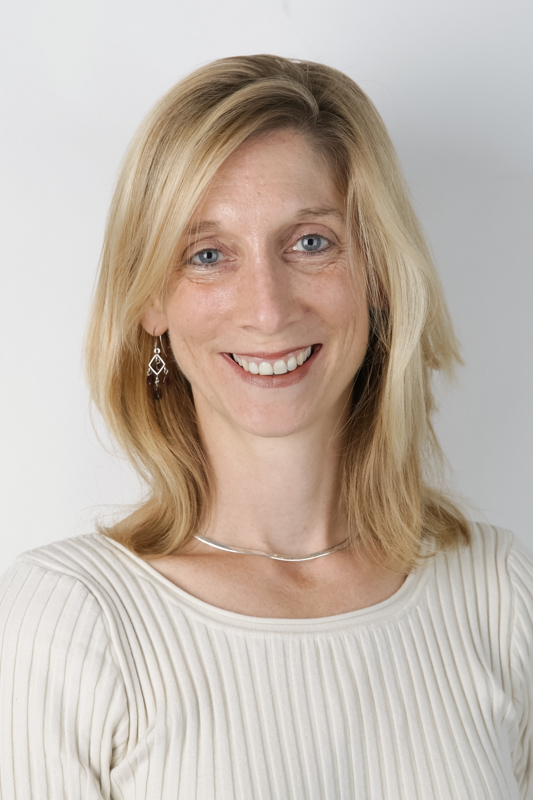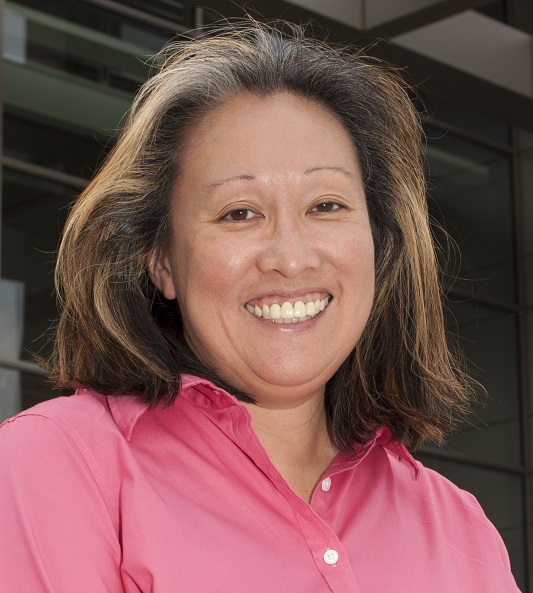Crowdsourcing Pediatric Regulatory Science Research Question
FDA’s Center for Drug Evaluation and Research’s (CDER) Office of Strategic Programs (OSP) recently partnered with CDER’s Office of Rare Diseases, Pediatrics, Urologic and Reproductive Medicine, Division of Pediatrics and Maternal Health (DPMH) to launch an external crowdsourcing challenge (closing August 20, 2021) to collect ideas about topics the public thinks FDA scientists should research using data from multiple pediatric clinical trials.
In this CDER Conversation, Kimberly Taylor, Director of OSP’s Program Evaluation and Implementation Staff, and Lynne Yao, Director of the Division of Pediatrics and Maternal Health speak about external crowdsourcing and why DPMH decided to partner with OSP to collect innovative ideas for pediatric regulatory research questions from its external stakeholders.
What is crowdsourcing and why did FDA decide to launch an External Crowdsourcing Challenge Pilot Project?
OSP: Crowdsourcing is the practice of leveraging a large group of people to achieve a specified goal. FDA has conducted several dozen internal crowdsourcing challenges to solicit feedback on specific topics from staff. The success of those challenges primed OSP to launch an external crowdsourcing pilot project. For FDA, external crowdsourcing means using the “crowd” (or the public ultimately impacted by the outcomes of the effort) to provide input directly to the agency about certain issues.
FDA recognizes that it is important to include external perspectives on public health issues. For that reason, OSP partners with other FDA offices to conduct external crowdsourcing challenges on timely and relevant topics. The challenges increase the “brain power” by expanding the number of people generating ideas or information for a specific issue. The challenges also create valuable multi-directional communication pathways, meaning that the FDA can engage external stakeholders on their submissions and, since the submissions are publicly available on the crowdsourcing platform, stakeholders can also build on each other’s submissions.
OSP launched our fourth external challenge, Advancing Pediatric Drug Development, in early August and we are accepting submissions through August 20. Before that, we conducted three other external challenges:
- We teamed up with Patient Focused Drug Development staff for our first challenge. Their goal was to collect feedback from the vitiligo (a rare skin disease) patient community and incorporate this feedback into the FDA’s Voice of the Patient Report, a collection of input shared by patients and patient representatives.
- Our second challenge partner, the Oncology Center of Excellence, was crowdsourcing for oncologic research questions FDA staff could investigate using pooled analyses of clinical trial data submitted to the FDA for regulatory purposes.
- The third challenge, in which we collaborated with the Office of Infectious Diseases’ Division of Antivirals, aimed to get patient perspectives on how to make clinical trials more inclusive for Progressive Multifocal Leukoencephalopathy, a rare brain infection. While the FDA does not design clinical trials, the Division of Antivirals staff plans to use the feedback gathered during the challenge to inform discussions at the FDA PML Clinical Trial Design Workshop in September 2021.
How does the challenge work? How can people enter submissions?
OSP: FDA uses the third party vendor Ideascale to host ShareYourVoice, FDA’s external crowdsourcing site. IdeaScale is authorized by the Federal Risk and Authorization Program, which means it has completed a security review process and gained the necessary authorization from a federal agency.
To learn more about the challenge, view and comment on the research questions posted by others, and submit your research questions, please visit https://shareyourvoice.ideascalegov.com/. Once there, you will need to create an account on the platform to submit your idea or comment for FDA to consider.
The only Personally Identifiable Information collected by IdeaScale is the email address you use to set up your account. This information is only viewable to the public if you choose to use your email address as a username. Although all submissions are publicly available to view on the platform, you can submit your questions anonymously.
Why did DPMH decide to use the crowdsourcing challenge? What do you hope to gain from collecting ideas from the public for potential pediatric research questions that FDA staff could pursue in the future?
DPMH: FDA has access to a large database of trial data from over 1,600 pediatric clinical trials. We generally cannot publish research about individual products or share patient-level data with external stakeholders; however, FDA staff is able to conduct and publish pooled analyses of these data. Over the past several years, DPMH staff, in collaboration with review divisions in the Office of New Drugs and other FDA offices, have published numerous pooled analyses that have advanced pediatric regulatory science.
We recognize that innovative ideas to advance pediatric drug development can come from both internal and external stakeholders. The crowdsourcing challenge allows DPMH to hear ideas from external stakeholders with diverse knowledge, experience, and expertise, and get new ideas for more pooled analyses.
We recognize that innovative ideas to advance pediatric drug development can come from both internal and external stakeholders. The crowdsourcing challenge allows DPMH to hear ideas from external stakeholders with diverse knowledge, experience, and expertise, and get new ideas for more pooled analyses.
Who should participate in this challenge?
DPMH: Individuals external to FDA, such as academic researchers, clinicians, representatives from industry, nonprofit organizations, other regulatory agencies, and patients or patient advocates are encouraged to participate in this challenge. More diverse viewpoints and broader perspectives will allow FDA to identify a wide range of regulatory research questions that can advance pediatric drug development.
How will FDA use the submissions it receives from this challenge?
DPMH: DPMH hopes to select at least one research question for future analyses by FDA staff, considering the feasibility of the research question and its potential impact on public health. Even for some submissions not selected for further FDA analysis, we will also consider further discussions with those external stakeholders to better understand the potential research questions for future use.
How do you hope this challenge may address challenges with pediatric drug development?
DPMH: There are many challenges in pediatric drug development. On average, it takes almost 9 years from the time of an initial drug approval in adults before the labeling is updated with pediatric-specific use information. During this time, clinicians sometimes use products off-label in pediatric patients. In addition, pediatric trials are often more difficult to complete because, for many conditions, there are few pediatric patients available to enroll in clinical trials.
Collecting ideas for potential research via this crowdsourcing challenge provides an opportunity for FDA to leverage existing data to refine current approaches to facilitate efficient and successful pediatric drug development programs.
How has DPMH worked with external stakeholders previously?
DPMH: DPMH has a robust regulatory science research program, including research projects involving both internal and external collaborators. Given the success of these research programs, DPMH has developed strong partnerships with external researchers using many effective mechanisms, including research collaboration agreements, memoranda of understanding, and Broad Agency Announcements.
What have you learned about crowdsourcing as a tool to gain information and insight from the public from this pilot project?
OSP: Throughout the pilot we’ve noticed that engagement and participation can vary depending on the topic, target audience, promotion, and engagement from the FDA program involved in the challenge. OSP has learned that:
- Consistently promoting and communicating the initiative via the correct channels is one of the most important drivers of participation.
- Communicating deadlines and urgency are valuable methods to encourage participation.
- Initiatives related to research and analysis have shown promising engagement compared to crowdsourcing efforts related to sensitive medical topics and interactions with patients.


